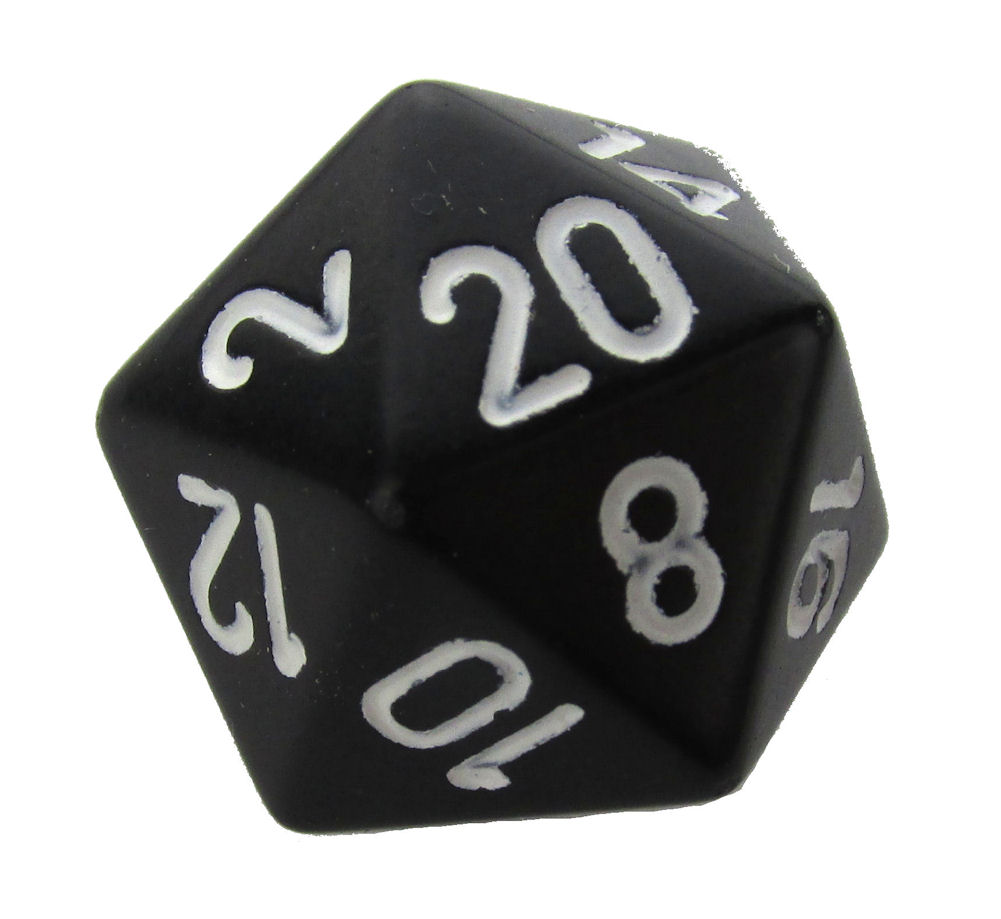 Hi all, welcome to my second installment of Wally D.M. Today I am introducing my current day Critical Hit Chart that we are using in our Pathfinder campaign. The chart listed here is slightly modified from the one I used in my 1990s era AD&D games. I will provide a link at the bottom of this article to my original chart in PDF form if you would like to see it.
Hi all, welcome to my second installment of Wally D.M. Today I am introducing my current day Critical Hit Chart that we are using in our Pathfinder campaign. The chart listed here is slightly modified from the one I used in my 1990s era AD&D games. I will provide a link at the bottom of this article to my original chart in PDF form if you would like to see it.
A brief history on why I have included Critical Hit Charts in my campaigns. From way back in my Red Box D&D days I have always rewarded players rolling a natural 20 in combat with double damage. It was automatic. Hit with a natural 20, roll damage, double it. When I was first introduced to the idea of a Critical Hit Chart, I engulfed the concept and made it my own. My players really enjoyed getting a natural 20 and then rolling a d20 again to see what happens. The result is usually an epic moment in combat that will be remembered as a highlight of the game and, more than likely, a story told over and over again. Critical Hit Charts can create some fantastic adventure memories…
“Remember that time when we were all about to get demolished by the red dragon and my thief rolled Triple Damage off of my natural 20?”
Pathfinder D&D Critical Hit Chart
| d20 | Result |
|---|---|
| 1-2 | Double Damage |
| 3 | Double Damage + Critical Hit (If the initial damage does not kill the creature, the attack Slices/Bashes/Shoots Off an Attack Form or Extremity) |
| 4 | Double Damage & Gain 1 Permanent Hit Point |
| 5 | Double Damage & Gain Monster’s XP Value Multiplied by 5 |
| 6 | Double Damage & Inspiration: Player gets an “Inspiration Token” that can be cashed in later in the game to reroll any die roll or to roll one time with Advantage (see 5th Edition Optional rules or Google “D&D Inspiration” for more info.) |
| 7 | Double Damage & Inspire Courage +1 (Similar to Bardic Performance. Allies witnessing this attack are encouraged and get a +1 bonus to Attack/Damage Rolls and a +1 bonus on saves vs Fear or Charm) Duration is 1d8 rounds, or determined by DM |
| 8 | Double Damage & Advantage: Character now makes all d20 rolls at ADVANTAGE for a length of time set by the DM. (Every time he/she rolls a d20, they roll two instead and choose which roll to take – see 5th Edition D&D rules for more info. Totally Usable for Pathfinder, I do. 🙂 ) |
| 9 | Double Damage + Cause Fear No Saving Throw – Target is Paralyzed for 1d4 rounds. (Opponents viewing the attack must SAVE vs Will or also be paralyzed with fear for 1d4 rounds) |
| 10 | Double Damage + Life Gain. Character regains the equivalent in lost hit points or gains Temporary Hit points equal to the damage. |
| 11 | Fatal Blow (Opponent dies immediately – no rolls needed. No Save.) |
| 12 | Maximum Normal Damage + Haste (Player is blessed with an additional Standard or Move Action this turn) |
| 13 | Maximum Damage on all Hits (DM decides length of time) |
| 14 | Maximum Normal Damage & +1 permanent point to a random ability score |
| 15 | Maximum Normal Damage + Agility (Armor Class temporarily increases by 5. DM decides length of time) |
| 16 | Maximum Normal Damage + Auto-Hit (No need for attack roll, hit every time. DM decides length of time) |
| 17 | Maximum Normal Damage + Double Damage (Take the Maximum Normal Damage that the PC can inflict and then double it) |
| 18 | Maximum Normal Damage + Strength Ability Score (not the bonus modifier, the entire strength ability score) |
| 19 | Triple Damage |
| 20 | 10 x 10 (Roll 10d10 for Total Damage) |
So what do you think? Look fun? Please comment below! Oh, and I would be amiss if I didn’t mention that we also use a Critical Miss Chart for our natural 1s rolled in combat. We’ll get to that in the next article!
On to the Next!
—wallyd
Oh, and if you would like to see the YouTube Video I created where I discuss this chart, well… here you go!
Old Critical Hit Chart from the 1990s


